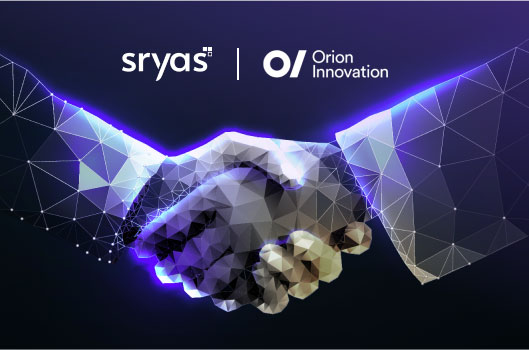
Over the past few years, you’ve probably heard plenty of talk about machine learning and its business applications, including increased revenue, better customer service, fraud detection, and inventory/supply chain management.
However, do you know how machine learning works and how it, and its many algorithms, can actually help your business?
Machine learning is accomplished through the selection, application, and iteration of the most appropriate algorithms for your business. In this post, we’ll explore how these algorithms are categorized, the most common algorithms, and the main use cases and benefits of each one.
How Machine Learning algorithms are categorized
Machine learning is accomplished through dozens of algorithms with specific use cases. They are broadly categorized as follows:
- Supervised Learning: This involves inferring predictive relationships between various data points based on labelled training data sets and the comparison of these sets to new unlabeled data.
- Unsupervised Learning: This is used to discover relationships across unlabeled datasets where no labelled training data is available to infer relationships.
- Reinforced Learning: This is done between these two extremes where a trial and error approach is used—there is some form of feedback available for each step in the learning process to guide it towards the most accurate predictions.
Examples of Machine Learning algorithms and their benefits
To get an idea of how these types of algorithms work and how they can benefit your business, take a look at the machine learning algorithms cheat sheet below, split by learning category.
SUPERVISED LEARNING EXAMPLES
1. Linear Regression
The most basic machine learning algorithm, Linear Regression is used for data that trends along a straight line—it attempts to establish a linear relationship between one or more independent variables and an outcome (dependent variable). This is particularly useful for retail sales. For example, finding out the likely increase in sales from a new promotional offer based on labelled training data from past promotions.
2. Logistic Regression
This is one of the many machine learning algorithms for classification. Logistic regression is typically used for binary classification problems where there are two possible outcomes influenced by one or more variables. The algorithm estimates the probability of an outcome from a given data set. This algorithm is highly beneficial to problems where interpretation or inference is important, including customer churn, click-through rates, and fraud detection.
3. Naïve Bayes Classification
Naïve Bayes Classification is used in conditional probability problems where the goal is to discover the probability that something will happen based on previous prior knowledge or training data. This algorithm is often used to gather highly accurate results in natural language processing, sentiment analysis, and spam filtering.
UNSUPERVISED LEARNING EXAMPLES
4. K-Means Clustering
The K-Means Clustering algorithm is used in problems that don’t contain any labelled data. The goal of this algorithm is to discover distinct groups in the data based on similarities between them. K represents the number of groups the algorithm will find. K-Means Clustering is particularly useful in market segmentation, fraud detection, and recommendation engines.
5. Neural Networks
The goal of neural network algorithms is to mimic the the human brain, and the way it organizes and understands information, to make predictions. Data is passed through an input layer, a hidden layer, and an output layer. The input and output layers are usually made up of training data and predictions, respectively. The hidden layer consists of interconnected nodes, which fire and pass on data depending on given weights and thresholds for the interpreted data. As the neural network learns the data, interconnections are improved until the neural network provides accurate predictions. Neural networks are typically used for highly complex projects such as image recognition and natural language processing.
REINFORCED LEARNING EXAMPLES
6. Markov Decision Process
The Markov Decision Process (MDP) is an algorithm used where potential outcomes or predictions are partly random and partly controlled by known variables. A number of states and possible actions are given along with the probability of moving to a new state based on the given action. Rewards and failure states are applied depending on whether the probability was correct. A refined policy can then be created through iteration that makes the process as accurate as possible for each state and action. Markov Decision Process algorithms are beneficial in areas such as predictive maintenance and repair, queue wait time reduction, and stock investments.
You can use all of these machine learning algorithms to help your business grow and excel in key areas. It’s worth noting that this is only a small selection of the available algorithms—there are dozens more that can help you meet your business objectives, including Support Vector Machines (SVM), Decision Trees, Random Forest, and Dimensionality Reduction.





